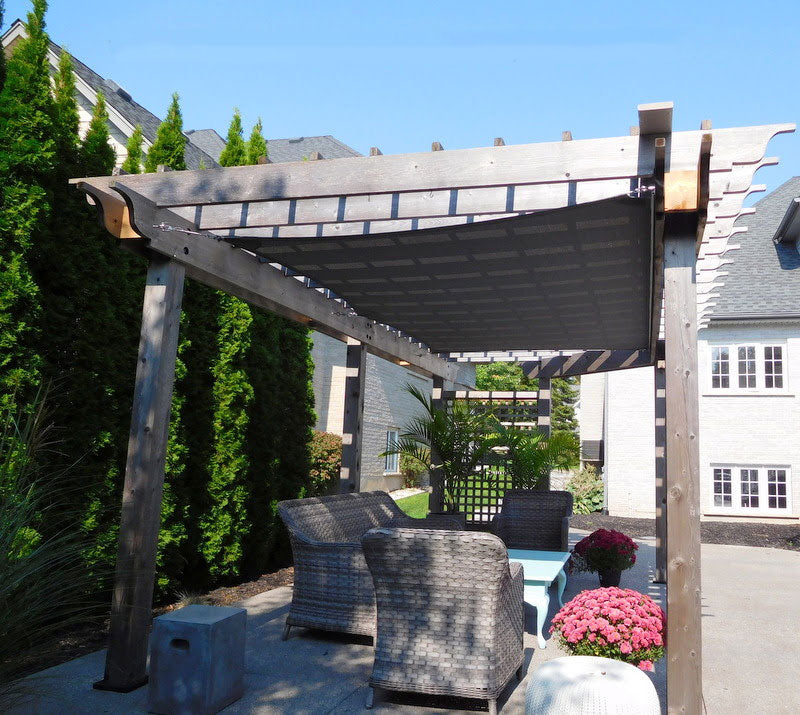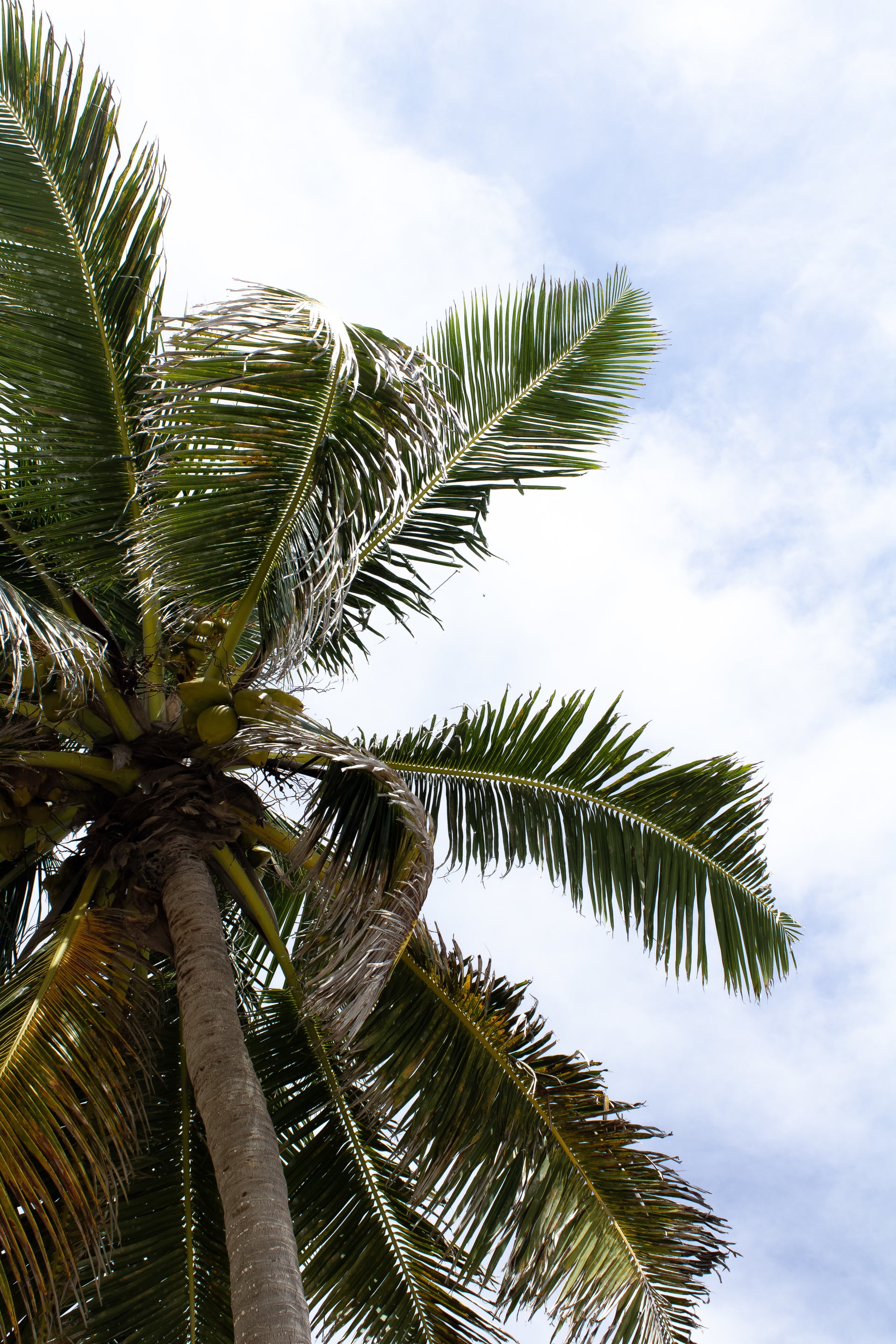Our YouTube channel includes detailed installation guides, frequently asked questions, product overviews and lots more. We are always open to content ideas so please let us know if there is a topic you would like us to cover.
The Ultimate Guide to Residential Landscape Design for Modern Homes

In today's rapidly evolving world, residential landscape design has become a vital aspect of creating a harmonious living environment. With an aim to seamlessly blend the aesthetic appeal of modern architecture with nature's intrinsic beauty, residential landscape design is much more than just planting a few trees and shrubs. It involves a holistic approach to transforming outdoor spaces into functional, beautiful, and sustainable areas that enhance the overall ambiance of your home.
The Foundation of Modern Residential Landscape Design
Clear Vision for Your Outdoor Space
The initial step to any successful residential landscape design is having a clear vision. Understand the specific needs of your property, considering factors such as climate, soil type, and the architectural style of your home. Modern front yard landscaping, for instance, often emphasizes sleek lines, minimalist plant selections, and hardscape elements like stone paths or subtle water features. By focusing on these elements, you create a cohesive look that complements the modern style of your home.
Concise Planning and Layout
Effective residential landscape design relies on concise planning. Begin by sketching out a rough blueprint of your area, identifying key zones such as entertainment spaces, garden beds, or pathways. Online landscape design tools can be invaluable at this stage, offering you the flexibility to experiment with various layouts before committing to a final design. Utilize these resources to visualize different elements and how they interact, ensuring a balance between greenery and hardscapes.

Design Elements for Modern Homes
Minimalist Plant Selection
Minimalism is a key component of modern front yard landscaping. Choose plants that provide structure and simplicity, such as ornamental grasses and succulents. Consider the use of native species that are adapted to your local climate, as they require less maintenance and resources to thrive. The focus on low-maintenance plants will allow for year-round beauty with minimal effort.
Innovative Hardscaping
Hardscaping is an essential element in modern landscape designs. Integrate geometric paving stones, concrete pathways, or sleek patio designs to add a contemporary touch. These elements provide visual interest and functionality, offering outdoor living spaces that are perfect for relaxation or entertaining guests. Incorporate subtle lighting to highlight pathways and accentuate the clean lines of your design.
Sustainable Practices
A cornerstone of modern residential landscape design is sustainability. Implement eco-friendly practices such as rain gardens, xeriscaping, and efficient irrigation systems. These not only help conserve water but also contribute to the creation of a resilient, self-sustaining landscape. By choosing sustainable practices, you not only reduce your environmental footprint but also create a landscape that will endure for generations.
Frequently Asked Questions
How do I choose the right plants for my residential landscape design?
Begin by considering your climate and soil conditions. Opt for plants that are native to your region, as they require less water and are more resistant to local pests and diseases. Online landscape design resources can also provide insights into which plant species work best in modern settings.
How can I incorporate sustainability into my landscape design?
Embrace sustainable practices such as using permeable materials for hardscaping, installing rainwater collection systems, and selecting drought-tolerant plants. These measures reduce environmental impact and can also lower maintenance costs.
Is it necessary to hire a professional for my residential landscape design?
While DIY projects are possible, hiring a professional can provide expertise and guidance, ensuring the design is both functional and aesthetically pleasing. Professionals are equipped to tackle complex issues such as drainage and plant selection, offering tailored solutions to enhance your property's value.
FAQ: Modern Residential Landscape Design
What are the essential elements of modern residential landscape design?
Modern residential landscape design focuses on clean lines, functionality, and simplicity while enhancing the natural beauty of the outdoor space. Here are the essential elements to consider:
- Minimalism: Modern design is characterized by a minimalistic approach. This means using fewer elements and letting each one have a substantial impact.
- Geometric Shapes: Incorporation of geometric shapes and patterns can give a structured yet clean look. Think straight lines, squares, rectangles, and circles.
- Simplicity and Functionality: Emphasis is placed on practical usage and efficient designs. Each feature should serve a purpose, from pathways to seating areas.
- Natural Materials: Use materials like wood, concrete, and metal to create a seamless transition between the built environment and nature.
- Sustainable Practices: Incorporate eco-friendly practices, such as drought-resistant plants or a rainwater harvesting system, to make the landscape more sustainable.
- Outdoor Living Spaces: Areas like patios or decks are essential for extending indoor living to the outdoors.
- Lighting: Use modern lighting solutions to highlight features and improve safety while enhancing ambiance.

How can I blend indoor and outdoor living spaces in my modern home using landscape design?
Blending indoor and outdoor spaces requires thoughtful planning to create a seamless transition and cohesive experience. Here’s how you can achieve this:
- Open Floor Plans with Exterior Access: Maximize open interiors with large sliding doors or folding glass walls to open up directly onto patios or gardens.
- Consistent Flooring: Use similar or complementary flooring materials (like concrete, slate, or tiles) inside and outside to visually merge the spaces.
- Continuous Color Palette: Opt for a cohesive color scheme that flows from the interior to the exterior spaces.
- Functional Outdoor Furniture: Select furniture that brings the comfort of an indoor living room outdoors, like weather-resistant sofas and dining sets.
- Creating Zones: Define distinct areas for dining, lounging, and other activities but keep them visually connected using furniture arrangement and landscaping elements.
- Use of Greenery: Bring plants indoors and carry interior decor elements outdoors, like art or textiles, to unify the spaces.
What types of plants and architectural designs work best for a modern residential landscape design?
When planning a modern residential landscape, consider these plant types and architectural designs:
1. Plant Selection
- Succulents and Cacti: Ideal for their sculptural forms and low maintenance.
- Grasses: Varieties like ornamental grasses add texture and movement.
- Evergreens: Provide structure and year-round greenery.
- Native Plants: Utilize species native to your region for sustainability and ease of care.
2. Architectural Designs
- Water Features: Simple, sleek designs like a reflecting pool or a linear fountain.
- Concrete Elements: Planters, retaining walls, and paths designed with clean lines.
- Minimalist Pergolas or Pavilions: Use these for functional shade and structure.
- Fire Elements: Modern fire pits or outdoor fireplaces add a cozy yet contemporary feel.
What are the latest trends in residential landscape design for modern homes?
Staying abreast of the latest trends can inspire and enhance your landscape design. Here are some current trends in modern residential landscape design:
- Eco-Conscious Design: Increase in the use of sustainable materials and eco-friendly practices, such as permeable paving and green roofs.
- Smart Technology: Integration of technology for efficient irrigation, lighting control, and water management systems.
- Edible Landscaping: Incorporating fruit trees, vegetable patches, and herb gardens within ornamental designs.
- Multifunctional Spaces: Areas designed for multiple uses, such as outdoor kitchens, dining spaces, and play areas for children or pets.
- Bold Accents and Art: Use of bold colors or outdoor art installations to create focal points within the landscape.
-
Naturalistic Touches: Blending formal designs with naturalistic elements, like wildflower meadows or pollinator gardens, to support biodiversity.
By integrating these ideas and practices, you can create a modern residential landscape that is not only aesthetically pleasing but functional and sustainable, enhancing the connectivity between indoor and outdoor living.
Conclusion
Residential landscape design is a powerful tool in transforming your outdoor areas into stunning, functional spaces that enrich your lifestyle. By incorporating minimalist plant selections, innovative hardscaping, and sustainable practices, you can create a modern oasis that reflects your personal aesthetics while promoting environmental stewardship. Whether you choose to embark on this journey on your own or with the guidance of a professional, the key lies in thoughtful planning and creative execution. Embrace the principles of modern residential landscape design to enhance your home’s curb appeal and create a space that you and your family can enjoy for years to come.




